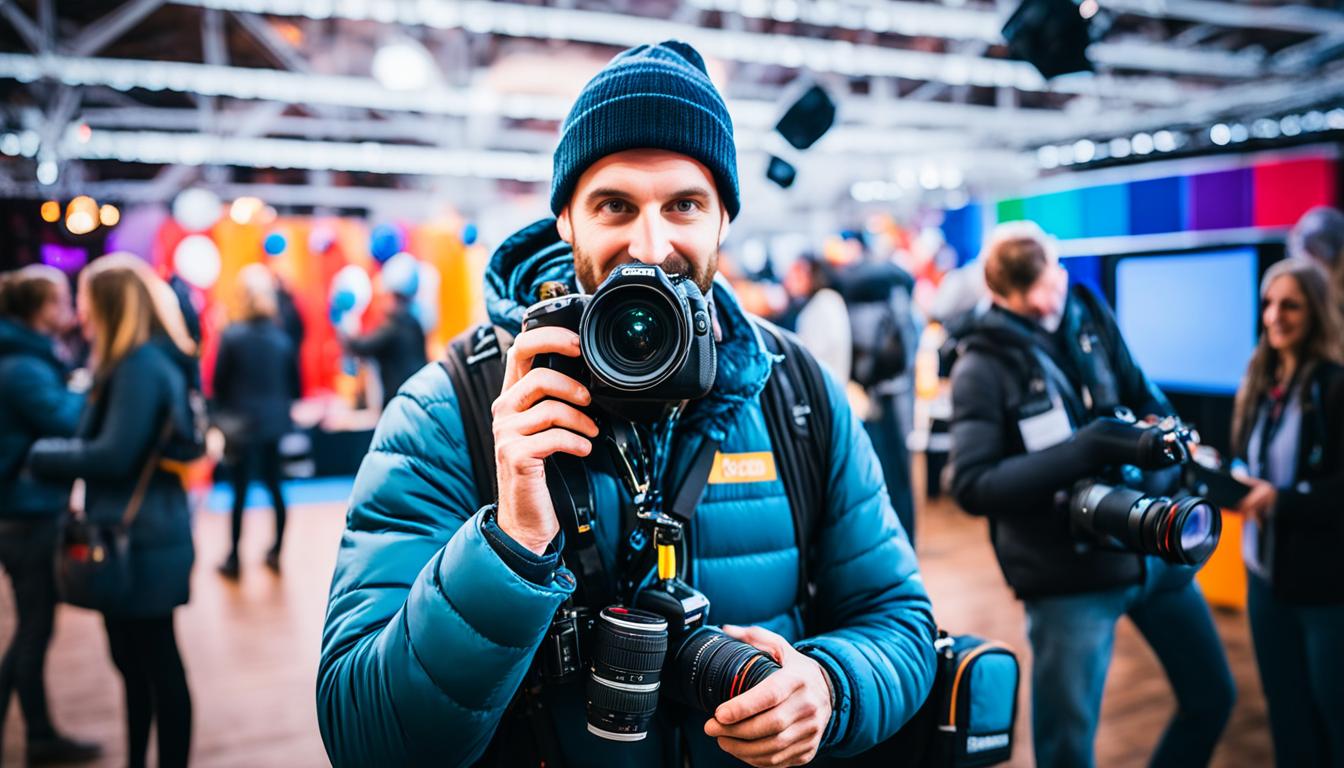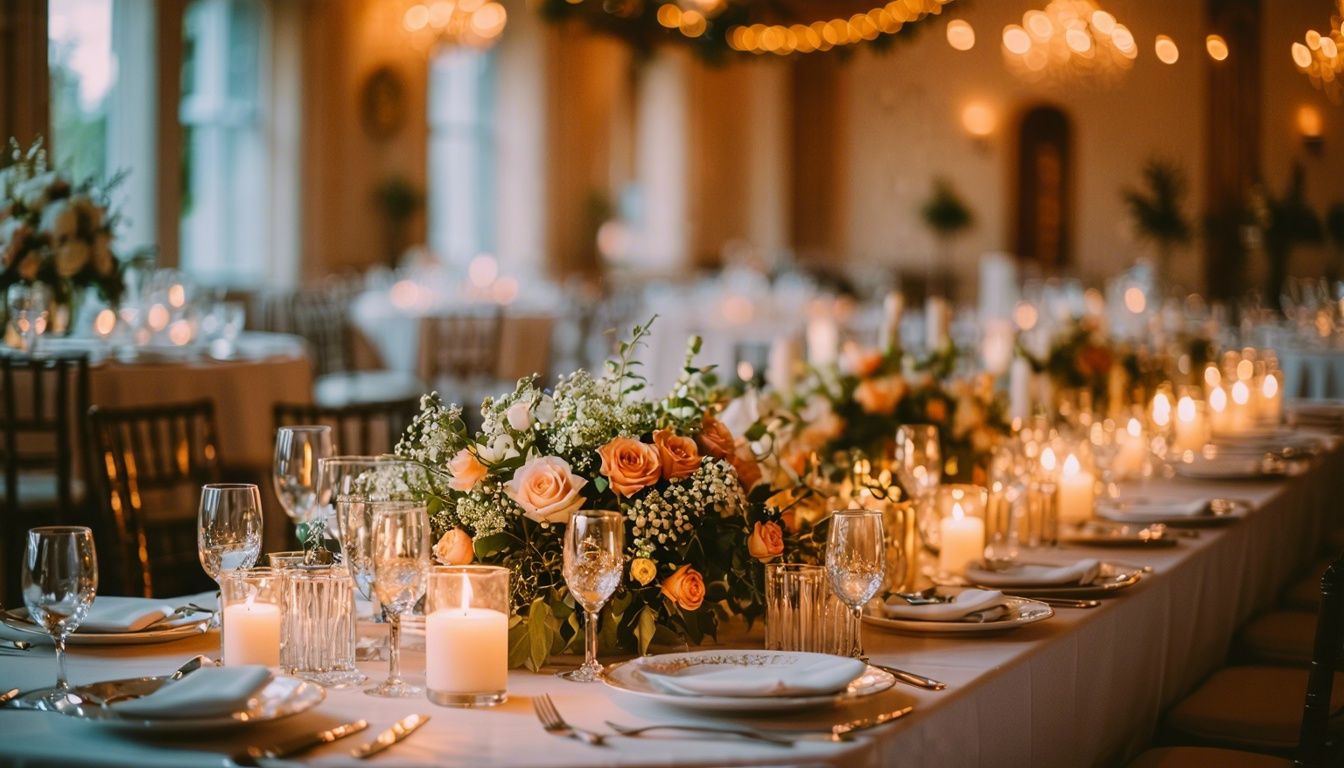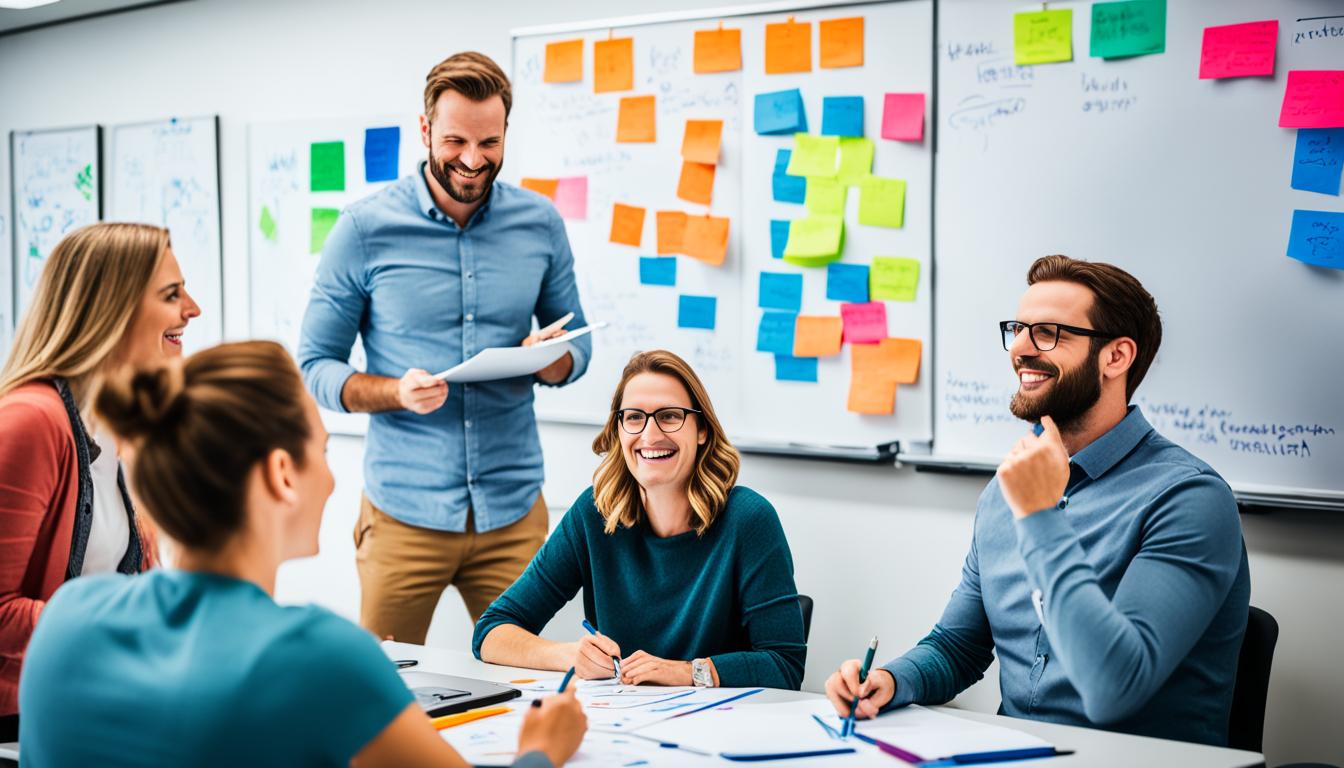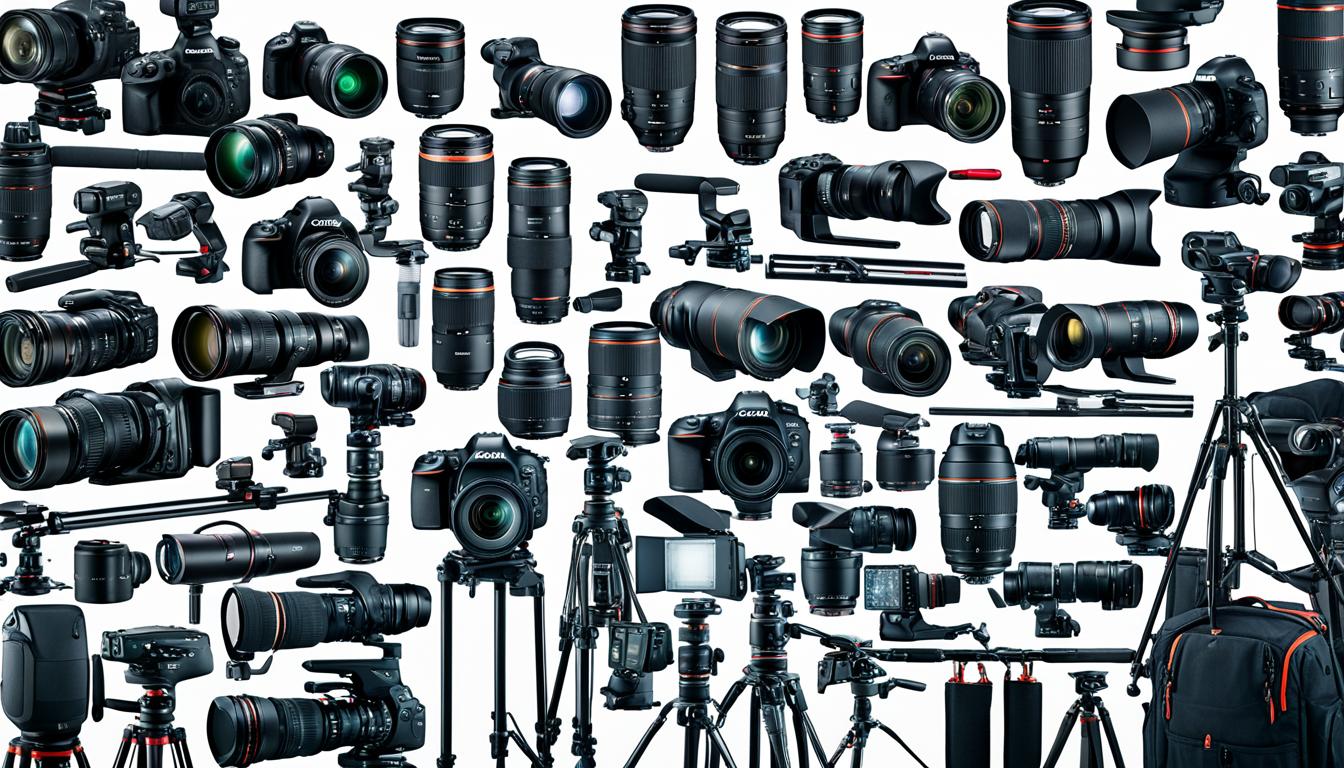Event photography is the art of capturing high-quality images during important occasions, ranging from personal events like weddings to large public gatherings like corporate events and music festivals. As event photographers, we act as documentarians, capturing both posed and candid photographs of people and scenery.
To ensure successful event photography, it is essential to understand the fundamentals of this craft. Checking in with the event planner and setting clear expectations with the client is crucial in delivering satisfying results. We should also go the extra mile by capturing shots that the client may not have requested, creating a comprehensive visual narrative of the event.
When it comes to equipment, being fully prepared is key. Carrying multiple cameras and extra batteries ensures that we never miss a moment. In addition, being friendly and engaging with the attendees helps create a positive and comfortable environment where people are more likely to relax, resulting in authentic and captivating images.
As event photographers, backing up our images and making selections for editing are necessary steps to ensure the preservation and enhancement of our work. By following these fundamental tips and tricks, we can consistently deliver professional event photography that exceeds client expectations and captures the essence of the occasion.
Key Takeaways:
- Event photography captures high-quality images during important occasions.
- Clear communication with event planners and clients is crucial for success.
- Bringing the right equipment, including backup options, is essential.
- Being friendly and engaging with attendees can result in more authentic photos.
- Backing up images and making thoughtful editing selections are important final steps.
Tips for Preparing and Gear Selection for Event Photography
Before diving into event photography, proper preparation and gear selection are essential for capturing stunning images. Here are some tips to ensure a successful shoot:
Thorough Research and Shot List Creation
To deliver on clients’ expectations and capture all the important moments, conducting thorough research is crucial. Familiarize yourself with the event, its purpose, and the specific moments that the client wants to be documented. Collaborate with the client to create a detailed shot list that covers all the desired images. This will help you stay organized and ensure that no important shots are missed.
Dress Appropriately
First impressions matter, and as an event photographer, it’s important to dress appropriately for the occasion. Dressing professionally not only helps you blend in with the attendees but also instills confidence in your clients. Consider the dress code of the event and dress accordingly to maintain a polished and professional appearance.
Gear Selection
Choosing the right gear is paramount for event photography. Here are some key essentials:
Event photographers should bring a low-light capable camera body that performs well in dimly lit venues or outdoor nighttime events. This allows you to capture sharp and vibrant images even in challenging lighting conditions.
Lenses with wide apertures, such as f/2.8 or lower, are ideal for event photography. These lenses allow more light to enter the camera, resulting in brighter and better-exposed images.
In dark event spaces, having additional lighting equipment is crucial. Consider carrying external flashes or continuous lights to enhance the lighting quality and fill in shadows.
Don’t forget to pack extra batteries and memory cards. Running out of power or storage space during an event can be disastrous, so having backups is essential.
By following these event photography essentials, you’ll be well-prepared to capture stunning images that reflect the atmosphere and emotions of the event.
Best Camera Settings and Client Management for Event Photography
Mastering event photography requires not only technical skills but also effective communication with clients. In this section, we will explore the best camera settings to capture those fast-moving moments and share tips for managing client expectations, ensuring a successful event photography experience.
Capturing the Key Moments
To capture the fast-paced action at events, mastering the use of burst mode and continuous focus is crucial. Burst mode allows you to take a rapid series of shots, ensuring you don’t miss any of the action. Combine this with continuous focus, and you can achieve sharp, in-focus images even with subjects in motion.
Effective Client Management
Client satisfaction is paramount in event photography. To ensure a smooth experience, it is essential to establish clear communication with your clients and understand their specific needs and expectations. By maintaining open dialogue throughout the process, you can provide a personalized and tailored service that exceeds their expectations.
Remember, effective client management is not just about capturing great photos; it’s about cultivating a positive working relationship and delivering an exceptional experience.
Protecting Your Work with Solid Contracts
Event photographers should consider working with a lawyer to create a solid contract. This legally binding document safeguards your rights as a photographer and clarifies the terms and conditions agreed upon with the client. A comprehensive contract can protect you from potential legal issues and ensure a smoother working relationship.
The Importance of Shot Lists
A shot list is an invaluable tool for event photographers. It helps ensure that all important moments are captured, including special requests from the client. By having a well-organized shot list, you can stay focused and deliver a comprehensive documentation of the event.
Unleashing the Power of Candid Shots
While posed shots are essential, don’t overlook the power of candid images. Candid shots capture genuine emotions and tell a story in a unique and captivating way. These images can be more visually interesting and expressive, adding depth and authenticity to your event photography portfolio.
Setting the Scene with Pre-Event Photos
Pre-event photos play a vital role in capturing the overall atmosphere and setting the scene for the event. These images can include behind-the-scenes shots, venue details, and preparations. By documenting the entire event journey, you can create a compelling narrative that enhances the client’s experience and memories.
| Camera Settings | Client Management |
|---|---|
|
|
Tips for Shooting and Editing Event Photography
When it comes to event photography, capturing the perfect shot requires a combination of technical skills, creative vision, and attention to detail. In this section, we will explore some valuable tips and techniques for both shooting and editing event photography, helping you enhance your event photography skills and deliver the best possible results.
Shooting Tips:
1. Be mindful of guest experience: It’s important to remain unobtrusive and respectful of the guests while capturing the event. Avoid disturbing or interrupting them, allowing them to enjoy the occasion naturally.
2. Move around the venue: To capture a variety of perspectives and moments, don’t confine yourself to a single spot. Move around the venue, exploring different angles and compositions to add depth and visual interest to your shots.
3. Timely delivery of final images: It’s essential to deliver the final images to the client promptly. This not only maintains their emotional investment in the event but also showcases your professionalism and commitment to customer satisfaction.
Editing Tips:
1. Back up your images: Before starting the editing process, ensure that you have made backup copies of all the event photographs. This precautionary step safeguards against any accidental loss or corruption of your files.
2. Make careful selections: Review each image and make thoughtful selections based on quality, composition, and relevance to the event. This selective approach will result in a more cohesive and impactful final collection.
3. Utilize editing software: Editing software such as Adobe Photoshop Lightroom provides powerful tools to enhance your event photographs. Experiment with adjustments like exposure, color correction, and cropping to elevate the visual appeal of your images.
Remember, event photography is an opportunity to capture and preserve cherished memories, creating a visual narrative of the occasion. By following these shooting and editing tips, you can refine your event photography best practices and techniques, delivering exceptional results to your clients.

| Benefits of Professional Editing | Why You Should Invest in Good Editing Software |
|---|---|
| 1. Enhances image quality and sharpness | 1. Enables precise adjustments and corrections |
| 2. Allows for creative expression and artistic effects | 2. Speeds up the editing workflow |
| 3. Balances colors and improves overall tonality | 3. Provides advanced retouching capabilities |
| 4. Removes distracting elements and blemishes | 4. Supports batch processing for efficient editing |
| 5. Ensures consistent aesthetic across images | 5. Facilitates easy organization and file management |
Conclusion
Event photography is an exciting and creative field that requires careful preparation, effective communication, and the right equipment. By following the event photography tips, techniques, and professional event photography guide provided in this article, we can enhance our skills, capture important moments, and deliver high-quality images to our clients.
Remember, preparation is key. Research the event, collaborate with the client, and create a shot list to ensure all important moments are captured. Bring the right gear, including a low-light capable camera body, lenses with wide apertures, and lighting equipment to adapt to different event spaces.
During the event, use burst mode and continuous focus to capture fast-moving subjects, while also being mindful not to disturb or interrupt the guests. Capture both posed and candid shots, as they provide a well-rounded narrative of the event. Afterward, back up your images, make selections, and use editing software to enhance the photos before delivering them to the client.
With practice, experience, and a commitment to continuous improvement, we can excel in event photography. Trust your instincts, be creative, and seize every opportunity to capture those special moments. Event photography is a fulfilling and rewarding niche that allows us to create lasting memories and bring joy to our clients.
FAQ
What is event photography?
Event photography is the art of capturing high-quality images during important occasions, ranging from personal events like weddings to large public gatherings like corporate events and music festivals. Event photographers act as documentarians, capturing both posed and candid photographs of people and scenery.
What should I do to prepare for shooting an event?
To prepare for shooting an event, it is important to check in with the event planner and set clear expectations with the client. Bringing the right equipment, such as multiple cameras and extra batteries, is crucial. Additionally, event photographers should go the extra mile by capturing shots that the client may not have requested and by being friendly and engaging with the attendees. Finally, event photographers should back up their images and make selections for editing.
How can I dress appropriately for an event as an event photographer?
Dressing appropriately for the event is crucial for maintaining professionalism as an event photographer.
What equipment should I bring for event photography?
When it comes to gear selection, event photographers should bring a low-light capable camera body, lenses with wide apertures for better light intake, and lighting equipment such as external flashes or continuous lights for dark event spaces. It is also important to have extra batteries and memory cards as backups.
What camera settings and client management techniques should I use for event photography?
For event photography, using burst mode and continuous focus is recommended to capture fast-moving subjects. Communication with the client is crucial to managing their expectations and understanding their needs. Creating a solid contract with the help of a lawyer can protect the photographer from potential legal issues. It is also important to have a shot list to ensure that all important moments are captured. Candid shots should not be overlooked, as they can often be more visually interesting and expressive. Pre-event photos can contribute to telling the overall story of the event.
How should I shoot and edit event photography?
When shooting an event, it is important to be mindful of not disturbing or interrupting the guests. Moving around the venue and not lingering too long in one spot can help capture a variety of shots. The final images should be delivered to the client in a timely manner to maintain their emotional investment in the event. Editing event photography should include backing up the images, making selections, and using editing software like Adobe Photoshop Lightroom to enhance the photos.
How can I become a master at event photography?
Event photography requires preparation, communication with the client, and the right equipment to capture memorable moments. By following these tips and techniques, event photographers can master their skills, capture important moments, and deliver high-quality images to their clients. With practice and experience, event photography can be a fulfilling and rewarding niche in the photography industry.
Are Event Photography Tips Applicable to Architectural Photography as Well?
When it comes to capturing stunning architecture, many event photography tips are applicable to architectural photography as well. Understanding lighting, angles, and composition is crucial for both. However, it’s also important to consult an architectural photography essentials guide for specific techniques and considerations unique to this specialized field.




